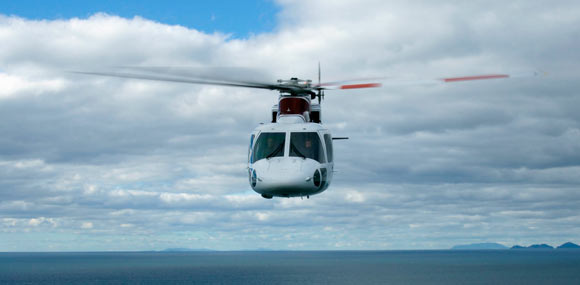Part II of the course takes all the “Basic Awareness” established in Part I and goes in to much greater detail on how and why utility helicopter accidents happen to experienced flight crews. It starts with a review of the basic awareness taught in Part I but expands the flight crews skill levels by addressing the other flight critical issues such as human factors, decision making on low level missions and accident causation in the wire and obstruction environment.
Brief overviews of the topics covered during the course are as follows:
- A review of the “Basic Awareness’s” low-level flight crews must have and maintain while operating in the wire and obstruction environment.
- A detailed look at what factors work against safe operations while operating in the wire and obstruction environment.
- Why the lineman/observer is often in the best position to stop an accident from happening.
- Communications breakdown, how to spot it and stop it in time to prevent an accident.
- How short term memory loss causes accidents during low level flight operations and how to short circuit it.
- How to scan in the wire and obstruction environment effectively.
- Analyzes actual accidents, how crews let the accident chain develop and what the crew should have done in time to prevent the accident from happening.
- How the loss of one or more of the “Basic Awareness” led to an accident.
- Human factors responsible for patrol and low level accidents.
- Expanding your knowledge on Visibility Science.
- Advanced wire and hazard forecasting.
- What tools do we have that work in our favor in the wire and obstruction environment.
- Pre-flight preparation for low level flight operations.
- Staying in “Condition Yellow.”
- Pinch Points.
- Minimum safe helicopter approach distances.
- Noise abatement.
- Emergency procedures.
- Low Level Flight Crew qualifications.
- Spotting hazardous attitudes before it’s too late.
- Basic survival in the event of an accident of forced landing.
- Why Standard Operating Procedures are vital to a low level flight crew
